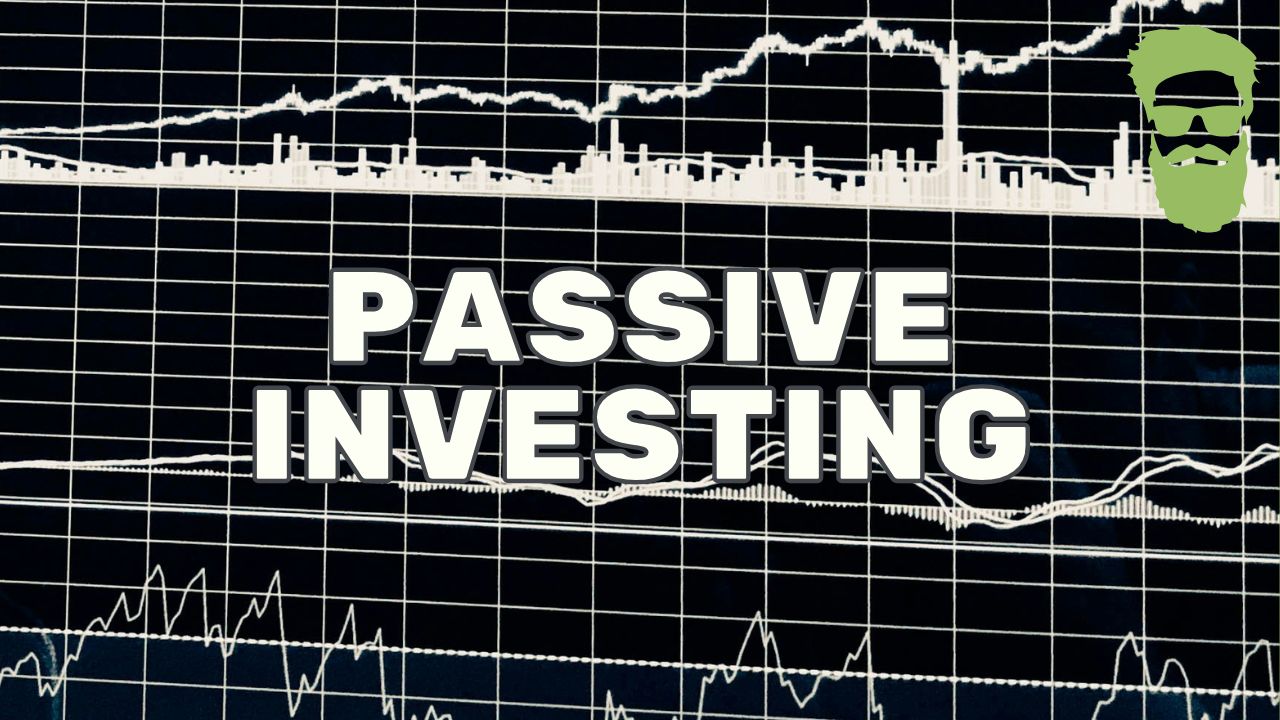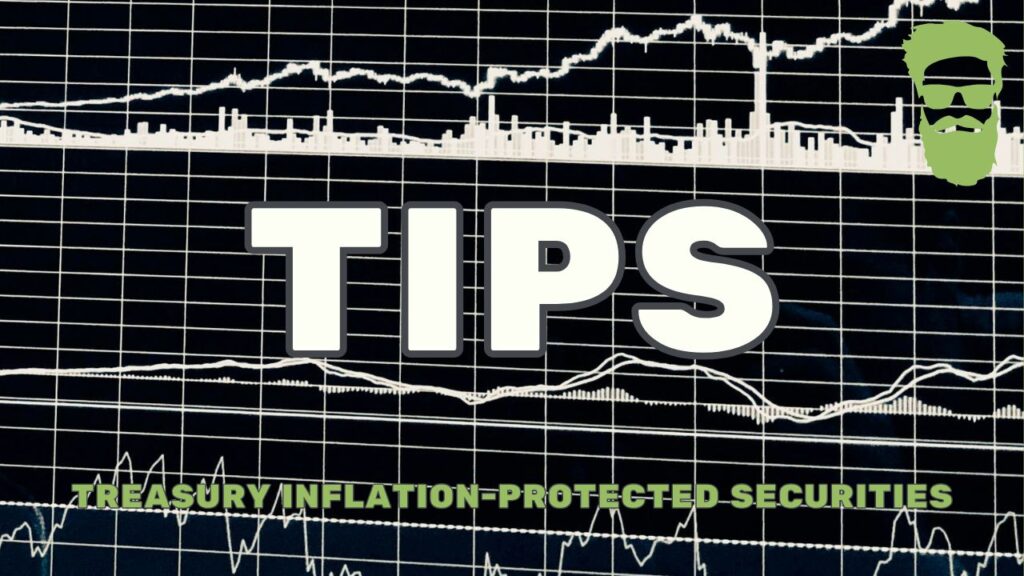Passive investing is better suited to financial markets with certain characteristics and active investing to others. Passive investing attempts to mimic the composition of a market. These investments follow the market through its ups and downs and produce returns similar to the market. Index Exchange Traded Funds (ETFs) are typical passive investments.
What is Passive Investing?
A passive investment strategy aims to replicate the performance of a specific market or market segment by following a predetermined approach that mirrors the underlying index. This method avoids forecasting, market timing, or stock-picking, focusing instead on broad market exposure.
Proponents of passive investing, often called indexing, argue that low-cost, market-tracking investments are the most efficient way to capture market returns. This approach is based on the efficient market hypothesis, which suggests that all available information about a company and its securities is already reflected in market prices, making it difficult to consistently outperform the market. In such conditions, reducing investment costs becomes the most reliable way to maximize net returns.
Indexing also offers notable cost advantages. Simply mirroring an index eliminates the need for extensive research or active stock selection. Passive portfolios trade infrequently, usually only when the index itself changes, resulting in lower transaction costs. This limited trading also minimizes capital gains distributions, further boosting tax efficiency for investors.
Passive vs Active Investing
| Active Management | Passive Management |
|---|---|
| Attempts to beat benchmark performance | Attempts to match benchmark performance |
| Contends pricing inefficiencies in the market create investing opportunities | Contends that it is difficult or impossible to “beat the market” |
| Securities selected by portfolio manager | Securities selected based on an index |
| Focuses on choice of specific securities and timing of trades | Focuses on overall sector or asset class |
| Trading and the degree of liquidity for individual securities may increase portfolio costs | Infrequent trading tends to minimize portfolio expenses |
Conclusion
Passive investing eliminates the emotional aspect of market participation, offering a disciplined approach to tracking overall market performance. These investments are generally more cost-effective, as they require fewer resources compared to actively managed strategies. Instead of focusing on individual stock selection, investors can shape their portfolios through strategic asset allocation. Passively managed instruments provide broad exposure to market trends, allowing investors to capture overall market sentiment efficiently.




